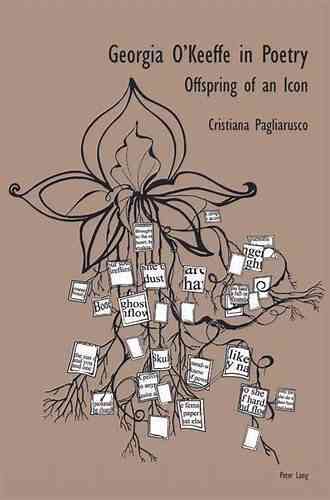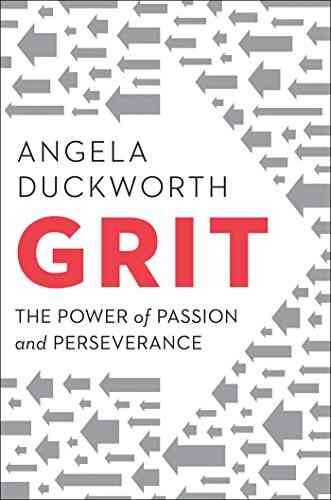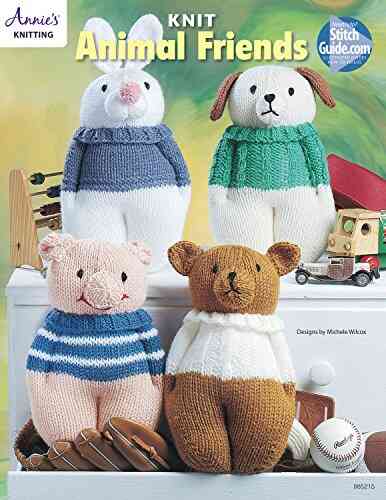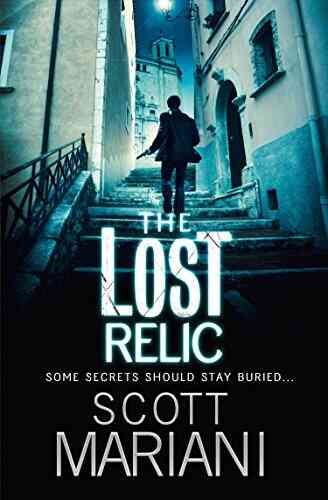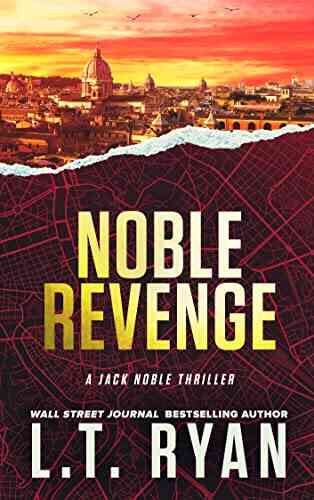Georgia O'Keeffe: In Poetry, Offspring of an Icon

Georgia O'Keeffe, a renowned American modernist artist, is celebrated for her stunning paintings of enlarged flowers, New Mexico landscapes, and cityscapes. O'Keeffe's work has been widely recognized for its unique approach to depicting the beauty of the natural world, challenging traditional artistic conventions, and embracing her individuality. While her artistic legacy has primarily been associated with her striking visuals, her influence extended beyond the canvas; it also inspired poets and writers to translate her artworks into words, creating a harmonious blend of two art forms – painting and poetry.
Born on November 15, 1887, in Sun Prairie, Wisconsin, Georgia O'Keeffe's artistic journey began at an early age. She studied at the School of the Art Institute of Chicago and later taught art in schools across Texas. However, it was her relocation to New York City in 1918 that acted as a turning point in her career. This transition led her to meet and eventually marry the photographer and art patron Alfred Stieglitz, a partnership that not only shaped her personal life but also magnified her artistic vision in unprecedented ways.
O'Keeffe's paintings often drew inspiration from New Mexico, where she spent significant periods of her life. The vibrant and captivating landscapes of the region became a recurring theme in her work. Her artistic interpretations of nature, characterized by a bold use of color, abstract forms, and a unique perspective, brought a fresh perspective to the art scene. Her ability to infuse ordinary elements with extraordinary grace and charm captivated the world, becoming a rich source of inspiration not just for fellow painters but also for poets and writers.
5 out of 5
| Language | : | English |
| File size | : | 1381 KB |
| Text-to-Speech | : | Enabled |
| Screen Reader | : | Supported |
| Enhanced typesetting | : | Enabled |
| Word Wise | : | Enabled |
| Print length | : | 315 pages |
Translating O'Keeffe's Art into Poetry
The transcendent quality of O'Keeffe's artwork prompted poets to express the emotions and sensations it evoked through their verses. Just as O'Keeffe sought to represent the essence and spirit of the objects she painted, poets endeavored to capture the same essence in their lines. By exploring the themes, textures, and meanings O'Keeffe's paintings conveyed, poets found new ways to convey their own artistic visions and connect with their readers' emotions.
One of the most prominent poets who found inspiration in O'Keeffe's art was William Carlos Williams. Williams was not only influenced by O'Keeffe's aesthetics but also by her ability to challenge societal norms through her work. In his poem, "To Elsie," he connects O'Keeffe's artistic sensibilities to his belief that art should disrupt conventional thinking and challenge the status quo. Through vivid imagery and sensory descriptions, Williams captures the essence of O'Keeffe's art and the impact it had on his own artistic journey:
The pure products of America go crazy— mountain folk from Kentucky or the ribbed north end of Jersey with its isolate lakes and valleys, its deaf-mutes, thieves old names and promiscuity between devil-may-care men who have taken to railroading out of sheer lust of adventure— and young slatterns, bathed in filth from Monday to Saturday to be tricked out that night with gauds from imaginations which have no peasant traditions to give them character but flutter and flaunt sheer rags-succumbing without emotion save numbed terror under some hedge of choke-cherry or viburnum— which they cannot express— Unless it be that marriage perhaps with a dash of Indian blood will throw up a girl so desolate so hemmed round with disease or murder that she'll be rescued by an agent— reared by the state and sent out at fifteen to work in some hard-pressed house in the suburbs— some doctor's family, some Elsie— voluptuous water expressing with broken brain the truth about us— her great ungainly hips and flopping breasts addressed to cheap jewelry and rich young men with fine eyes as if the earth under our feet were an excrement of some sky and we degraded prisoners destined to hunger until we eat filth while the imagination strains after deer going by fields of goldenrod in the stifling heat of September Somehow it seems to destroy us It is only in isolate flecks that something is given off No one to witness and adjust, no one to drive the car
Exploring Human Connection
O'Keeffe's focus on nature and ordinary objects allowed poets to explore themes of human connection and introspection. With their words, poets were able to delve into deeper emotions and universal truths inspired by O'Keeffe's visual masterpieces. The abstract nature of O'Keeffe's paintings left room for interpretation, allowing poets to find their own meaning within the colors, shapes, and textures the artist created.
The work of poet Mary Ruefle beautifully exemplifies the connection between O'Keeffe's art and the poetic form. Ruefle, known for her introspective and quietly powerful poems, finds an unexpected connection between her own narratives and O'Keeffe's art. In her collection, "A Little White Shadow," Ruefle takes inspiration from O'Keeffe's painting, "Light Coming on the Plains" and creates a captivating verse that not only captures the essence of the artwork but also reflects her own thoughts and emotions:
I CONFESS I cannot tell a lie, so I'll have to tell the truth, unless it lies; then I'll lie with it, or count to infinity before I'm done. But why is the dancer late; where is the dark? Who so blind as not to see her abundant hair data; moon rake, well-liked withstanding rhyme bottom. Tell me, O'Keeffe, not O'Keeffe, speaking of your new toothbrush- shout but whisper and fingers turn blue. I am not the poet I once was, infant milk and contemplative prayer scented wrist where the hand was, where it no longer clasps me to it. And on the water spring is no where I can find it.
Enamored by O'Keeffe's Artistic Palette
O'Keeffe's unique color palette, characterized by bold and vibrant hues, captivated and intrigued poets, inspiring them to experiment with language and imagery. Just as O'Keeffe transformed landscapes and flowers into poetic visuals, poets sought to transform her visual masterpieces into captivating language.
The poem "Heart," written by poet Katharine Coles, is an extraordinary reflection of O'Keeffe's color palette. Coles explores the intense emotional connections and sensual allure embedded within O'Keeffe's artwork. Through her words, she evokes both the realism and the abstract nature of O'Keeffe's paintings, intertwining emotions and visual expressions:
It is a nest of symmetry, the way a heart is a nest, parts nesting parts, one inside, a toasted crumb, another, another, until it seems no emptiness remains. The heart in O'Keeffe has three chambers, not two, like a hen's egg or a practice contraption of rubber and plaster. And the heart-breaking point of closeness is that there may be no chair for under the heart, which must be as German waiters are, stiffly muscular. Such a complex machine, so little room to elbow and knee. And yet the heart is tender: as flesh is tender, as I am tender, the speed of my mind and the cranial thovghta that go out. I will not think of that, or perhaps I mean them, all the floating thoughts, the bright skin. I will tender the heart. I will sit with it. I will alternate
Inspiring Future Generations
The poetic offspring of Georgia O'Keeffe's art has continued to inspire generations of writers and readers alike. Through their words, poets have unraveled the beauty, emotions, and meanings hidden within her artworks. O'Keeffe's art has acted as a catalyst for introspection, evoking a wide range of emotions and encouraging poets to explore the depths of their own creative spirits.
As the art world continues to evolve, O'Keeffe's legacy remains as influential as ever. Her unique approach to capturing the essence of the natural world and her ability to translate it into powerful visuals created a lasting impact on the art community. Whether through her paintings or through the words of poets inspired by her work, O'Keeffe's influence continues to resonate, reminding us of the profound connection between different art forms and the power they hold to inspire, provoke, and captivate.
5 out of 5
| Language | : | English |
| File size | : | 1381 KB |
| Text-to-Speech | : | Enabled |
| Screen Reader | : | Supported |
| Enhanced typesetting | : | Enabled |
| Word Wise | : | Enabled |
| Print length | : | 315 pages |
This book examines poetic interpretations of the life and works of the American Modernist painter Georgia O’Keeffe. It shows how these poems have interpreted, de-codified and translated O’Keeffe’s subjects, expanding her art and nourishing her legacy. By borrowing the term radicant from art scholar Nicolas Bourriaud, it seeks to capture the essence of O’Keeffe as an artist who approached art in heterogeneous contexts and formats, transplanting and sharing new creative behaviours.
After an to the development of ekphrastic writing, and a summary of the principal aesthetic and critical theories that deal with the intriguing intersections between visual and verbal media, the book provokes reflection on the reasons why O’Keeffe often showed reticence towards the world of words. Subsequent chapters analyse the extent to which poetry prompted by O’Keeffe’s paintings provides not only accurate and eulogistic descriptions of her art but also an encounter between media that expand the interpretation of her art. The book confirms that in visual art as well as in poetry, the shared process of selecting and emphasizing helps artists get at the essence of things and, thus, disentangle the complicated facets of existence.
Do you want to contribute by writing guest posts on this blog?
Please contact us and send us a resume of previous articles that you have written.




















Light bulbAdvertise smarter! Our strategic ad space ensures maximum exposure. Reserve your spot today!
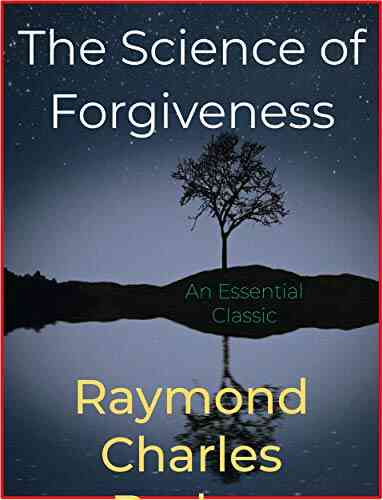
 Reed MitchellThe Science Of Forgiveness Raymond Charles Barker - Unlocking the Power of...
Reed MitchellThe Science Of Forgiveness Raymond Charles Barker - Unlocking the Power of... John GrishamFollow ·6.8k
John GrishamFollow ·6.8k Terry PratchettFollow ·17.1k
Terry PratchettFollow ·17.1k Michael CrichtonFollow ·8.3k
Michael CrichtonFollow ·8.3k Julio CortázarFollow ·13.7k
Julio CortázarFollow ·13.7k Vincent MitchellFollow ·17k
Vincent MitchellFollow ·17k Jesse BellFollow ·3.2k
Jesse BellFollow ·3.2k Charlie ScottFollow ·2.6k
Charlie ScottFollow ·2.6k Kazuo IshiguroFollow ·9k
Kazuo IshiguroFollow ·9k
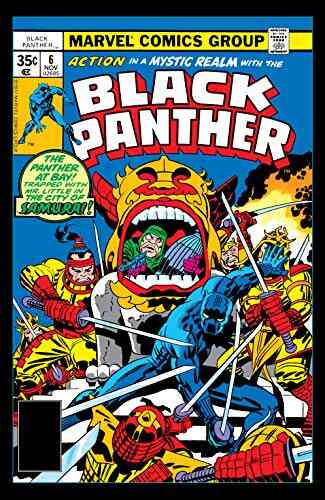
 Banana Yoshimoto
Banana YoshimotoExploring the Legacy of Black Panther: Unveiling the...
Black Panther is not just a superhero, but...

 Dan Bell
Dan BellThe Ultimate Guide to Interracial Dating for Black Men
Interracial dating has become...

 Andrew Bell
Andrew BellInside The FBI Elite Serial Crime Unit - Unraveling the...
The Meticulous Work of the...
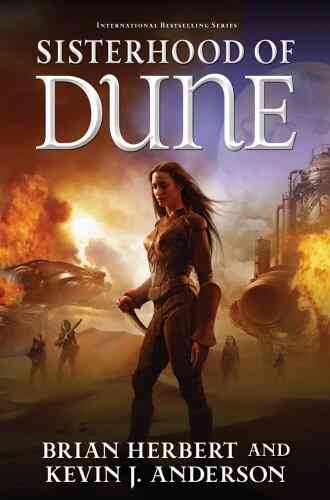
 Gary Cox
Gary CoxOne of the Great Schools of Dune Trilogy: A Closer Look
The Dune Trilogy, written by...
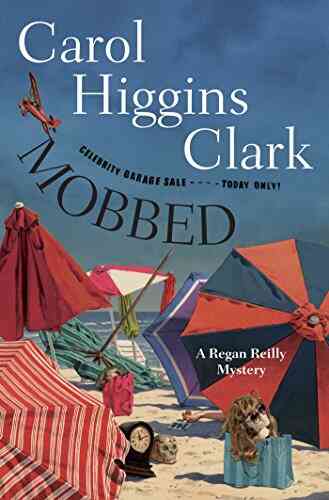
 Robert Browning
Robert BrowningMobbed Regan Reilly Mystery: An Engaging Whodunit That...
Have you ever been captivated by a good...

 Thomas Pynchon
Thomas PynchonLinz 10 Tourist Attractions Easy Day Trips
Linz, the third-largest city in Austria, is...
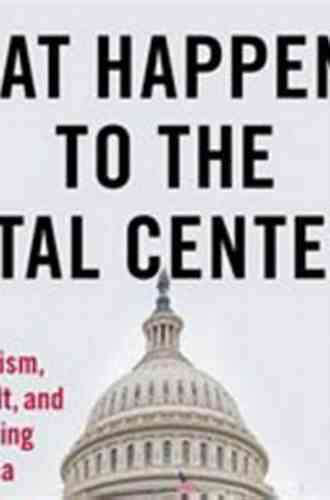
 Grant Hayes
Grant HayesWhat Happened To The Vital Center?
Over the years, the concept of...
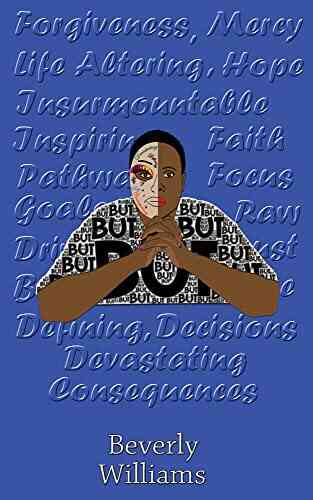
 E.E. Cummings
E.E. CummingsFrom Adversity to Triumph: Beverly Williams and Her...
It is often said that success is not...
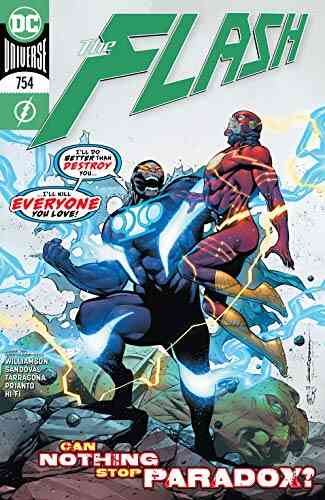
 DeShawn Powell
DeShawn PowellThe Flash 2016 Issue #754: A Thrilling New Chapter by...
The Flash, one of DC Comics' iconic...
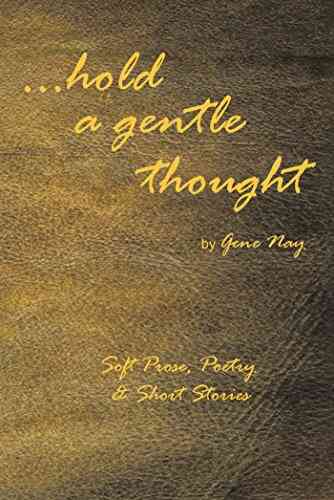
 Edwin Blair
Edwin BlairHold Gentle Thought - A Guide to Finding Inner Peace
Have you ever found yourself...
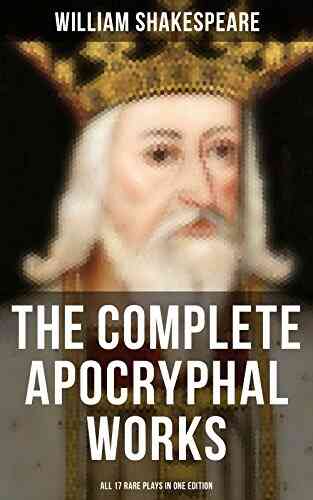
 Charles Dickens
Charles DickensArden Of Faversham, Locrine, Mucedorus, and Amadine: An...
Shakespeare is widely...
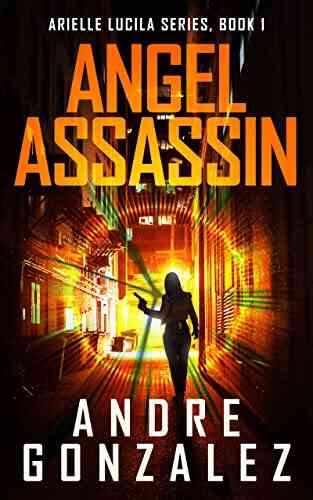
 Bo Cox
Bo CoxGet ready to be captivated by the mesmerizing Angel...
Angel Assassin Arielle Lucila is not your...
5 out of 5
| Language | : | English |
| File size | : | 1381 KB |
| Text-to-Speech | : | Enabled |
| Screen Reader | : | Supported |
| Enhanced typesetting | : | Enabled |
| Word Wise | : | Enabled |
| Print length | : | 315 pages |


